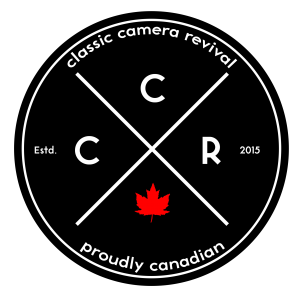When it comes to cameras there are many that hold a place in photographic history and in the case of Twin Lens Cameras, there are many that stand out as a fixed point in development history. And in the case of the twin-lens reflex camera market than Franke & Heidecke. Paul Franke and Reinhold Heidecke established the company in 1920 as an optical instrument manufacture, but they moved quickly into cameras and began to develop what would become the industry standard for TLR cameras. Now the TLR is not a new concept the first one being produced in 1880, but the two Germans were about to perfect the design. The first Rolleiflex would be released in 1928, but as a camera it was only slightly more advanced than similar cameras of the age, it had a pair of linked lenses one for viewing and another for taking, so any focusing through the viewing lens was transferred to the taking lens, each lens had the same focal length. The camera took advantage of the large 6×6 negative produced on 120 film, and most importantly the Rolleiflex’s taking lens came from Carl Zeiss, a Tessar 7.7cm f/3,8. A price tag of 75$ (1,200$ in 2019) put the camera into the upper end of the camera market. But the original camera used the same loading style as any other box camera with a simple manual advance and a red window to display the frame numbers.

© 2019 – Mike Novak
Yet the Rolleiflex proved to be a top seller, but the company knew that they needed to get back into the consumer market, the price of the Rolleiflex had crept up (112$ (2,200$ by today’s currency), and in 1933 they decided to release a less expensive model, giving it the name Rolleicord. The Rolleicord clocked in at 70$ (1,300$) and while the same basic shape and design as the Rolleiflex it lacked a leather covering going for a metal exterior with some art deco inspired aesthetic. The Rolleicord continued to use Zeiss optics, mounting a 7.5cm f/4,5 Triotar. In 1938, the Rolleiflex Automat would be released, it was the first TLR with automatic film advance, gone was the red window and a simple frame counter allowed for faster operation. The auto-film loading would not carry over to the Rolleicord cameras (for now). The final new camera design produced by Frank & Heidecke before the start of the war came in 1939 with the release of the Rolleiflex New Standard, an answer to a mid-range Rolleiflex. The camera mounted a Zeiss Tessar 75mm f/3,5 lens the same lens that could be found on the Automat, but the viewing lens would be only rated to f/3,1 compared to f/2,8 on the Automat. With these three cameras, Franke & Heidecke created their three cameras mainline that would survive until the end of the 20th century.

© 2018 – Mike Novak
© 2018 – Mike Novak
While the war generally stagnated the design work of the company, they continued to release updated models while unifying the body style across all three camera lines. The release of the Automat 3 introduced an additional lens manufacture, Schenider-Krueznak Xenar 7,5cm/3,5 in addition to the Zeiss Tessar. You could also get a Rolleicord IIc with either a Triotar or Xenar lens, the IIc would also be the final Rolleicord with a red window for film advance. But as the war stepped up, Franke & Heidecke were forced to produce optical equipment for the Nazi war effort along with their neighbours, Voigtlander. But the presence of arms factories in the city resulted in the heavy bombing by the Allied Bomber command and at the end of the war, they had lost 65% of their factory. Thankfully in the post-war partition of Germany, Franke & Heidecke found themselves in the British occupation zone. Unlike many companies in the Soviet-occupied zone, the British would not strip the camera factories and bring them back to England, rather they encouraged reconstruction as they saw them as a way for economic recovery. In fact, the British even arranged for Zeiss optics to be brought across the iron curtain for use in a new set of cameras. By the end of the decade, the Rolleiflex 2.8A with a Zeiss Tessar 80mm f/2,8 lens was introduced with a matched viewing lens. The Automat name would be retired and the Rolleiflex 3.5A was introduced with either a Zeiss Tessar 75mm f/3,5 or Schneider Xenar 75mm f/3,5. The Rolleicord III introduced automatic film loading and advance with a Triotar or Xenar lens both rated at 75mm f/3,5. But the start of the new decade ended up a low point, with the death of Paul Franke.

© 2019 – Mike Novak
© 2013 – Mike Novak
However, Paul’s post in the company went to his son Horst. While Horst would not be as good as his father, he helped bring about the company’s golden age through the mid-century. Almost every photo-journalist worth his salt was using a Rolleiflex camera. And Franke & Heidecke entered an era of rapid advancement. In 1952 they released the Rolleiflex 2.8B with Zeiss Biometar 80mm f/2,8 lens and the Rolleicord IV with a Schnieder Xenar 75mm f/3,5. The Biometar proved to be short-lived as by the end of the year the Rolleiflex 2.8C switched over to a Zeiss Planar or a Schneider Xenotar. Similar lenses could be found on the Rolleiflex 3.5C but rated to 75mm f/3,5. In 1954 the Rolleicord V saw release. The next major shift in TLRs came in 1956 with the release of the Rolleiflex 3.5E and Rolleiflex 2.8E. These cameras (the 3.5E first) introduced a selenium metering element, these first meters were not coupled, but rather you would match a needle on your meter display (a side-car to your focusing knob) then dialled in the EV reading, and the aperture and shutter control knobs could be linked up or operated separately. The company rode high with a staff of 1,600. The Rolleicord Va saw release the same year, and by the end of the 1950s, the company employed 2,000 people and were nearly unmatched in TLRs. But in Japan Mamiya introduced the next big thing, their C-Series included interchangeable lenses.
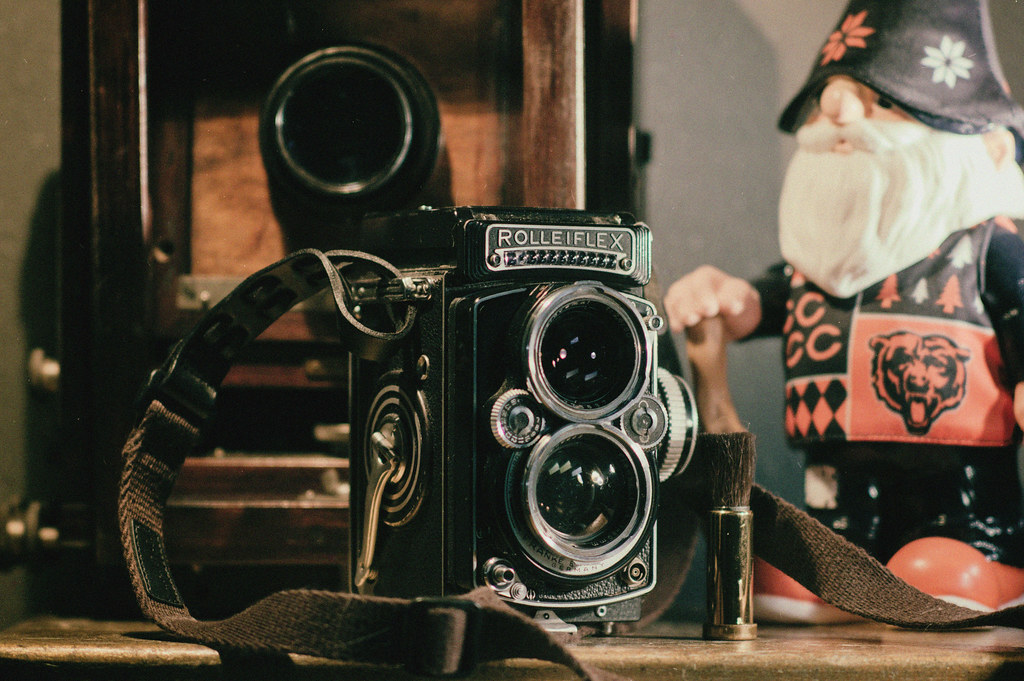
© 2018 – Mike Novak
© 2018 – Mike Novak
Franke & Heidecke TLRs had always been fixed lens cameras, but now facing this idea of wider and longer lenses, they got to work and produced two different Rolleiflex models. The Tele-Rolleiflex with a Zeiss Sonar 135mm f/4 lens and Rolleiwide with a Distagon 55mm f/4 lens in 1961. There were plans for a 150mm model, but the ultimate failure in the different focal lengths ended both lines in 1967. But the decade did not prove a total bust the Rolleiflex 2.8F and Rolleiflex 3.5F allowed for match-needle coupled metering. Some minor updates resulted in the Rolleicord Vb. The cameras stayed stable through the 1970s with the 3.5F being the final model in that line and manufacturing ceasing in 1976, the Rolleicord Vb ended a year later in 1977. It seemed the sole survivor proved to be in the 2.8F which continued into the 1980s.
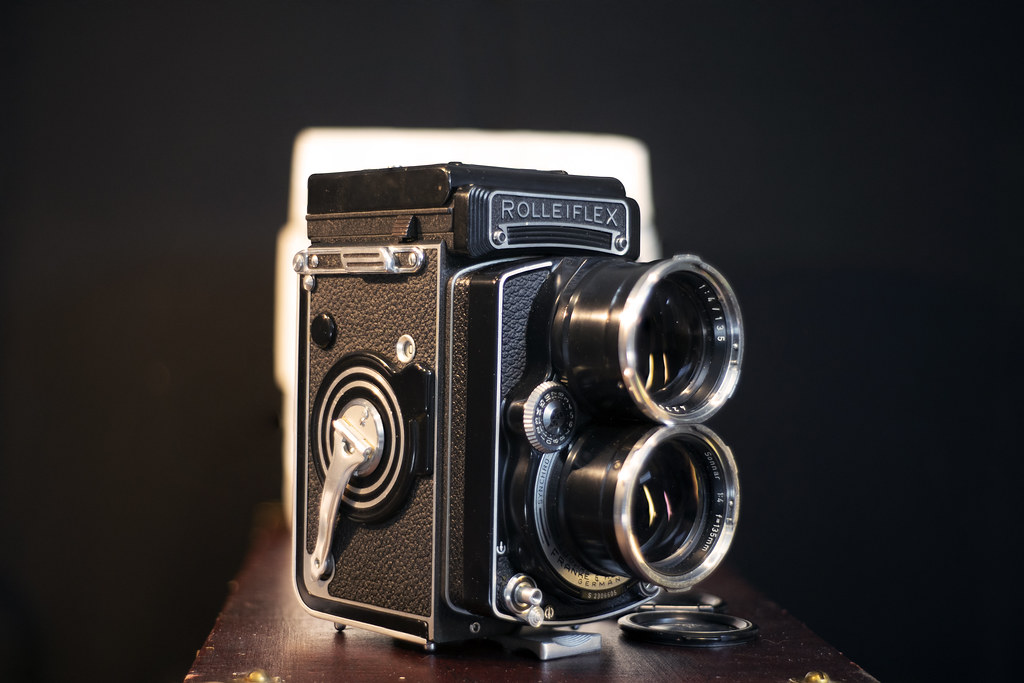
© 2019 – Mike Novak
© 2013 – Bill Smith
The trouble was that by the 1980s not many people were buying TLRs. To try and get into the luxury market they produced a Gold and Platinum plated version of the 2.8F. But neither could shore up the company and in 1981 the company went bankrupt but quickly reorganised as Rollei Fototechnic GmbH & Co. KG. Aiming to use their past successes produced the Rolleiflex 2.8GX in 1987. The biggest change was in the metering, gone was the selenium cell, replaced by a common photodiode being a semi-transparent mirror section a similar system that was used in the SL66 camera system. Rollei also produced both a 60th and 75th-anniversary editions of the 2.8GX. The 2.8GX ended production in 1994. The 1990s saw the company passed around, a short release of a second model of the 2.8GX ran from 1995 to 2000. In 2002 a Danish investment firm picked up the company off of Samsung and renamed it back to Rollei GmbH. From 2002 to 2009 a Rolleiflex 2.8FX was produced with an in-house version of the Carl Zeiss Planar 80mm f/2.8. After a brief stop due again to financial woes the Rolleiflex 2.8FX-N started production in 2013 and ended sometime in 2018, the only difference being the lens, the FX-N dropped the Zeiss optics in favour of a DHX-Fototechnik S-Apogon 80mm f/2.8 lens. They also worked with MiNT to produce an Instax TLR.
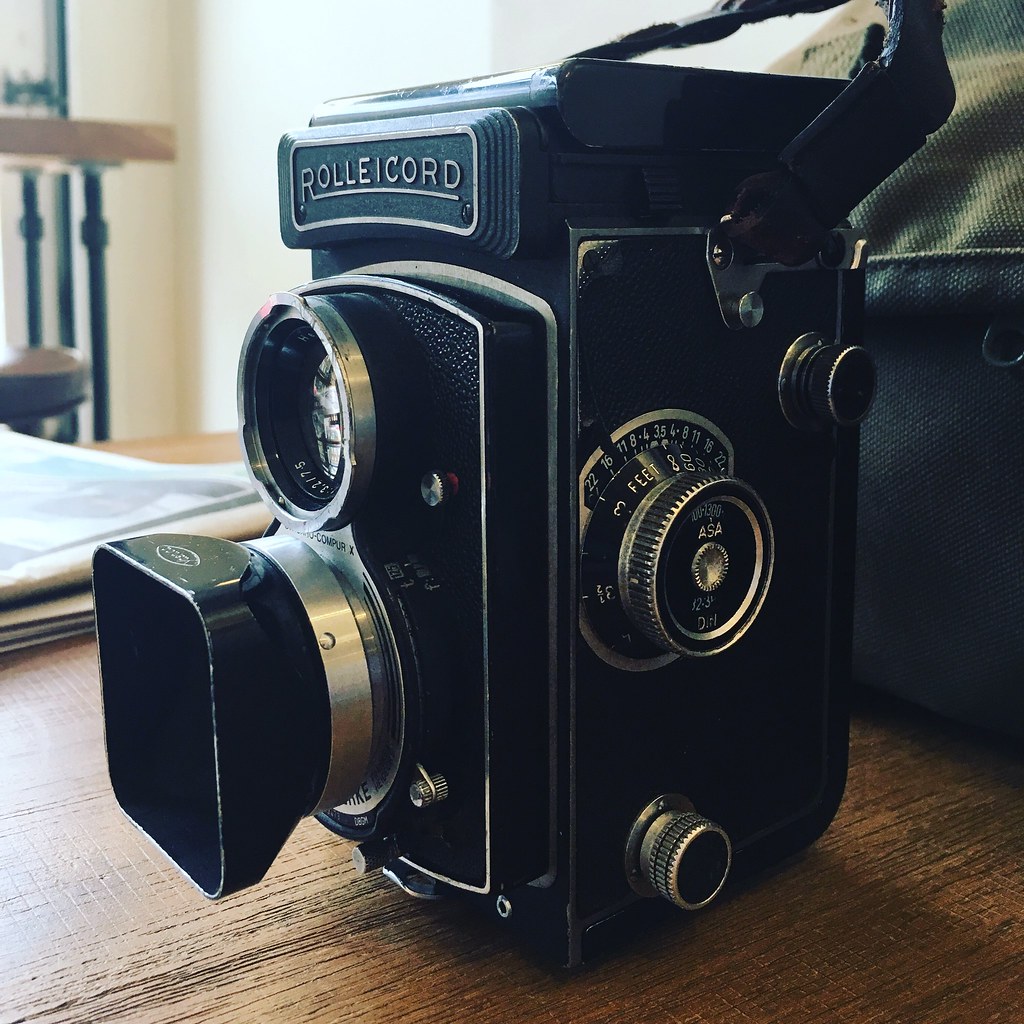
© 2019 – Bill Smith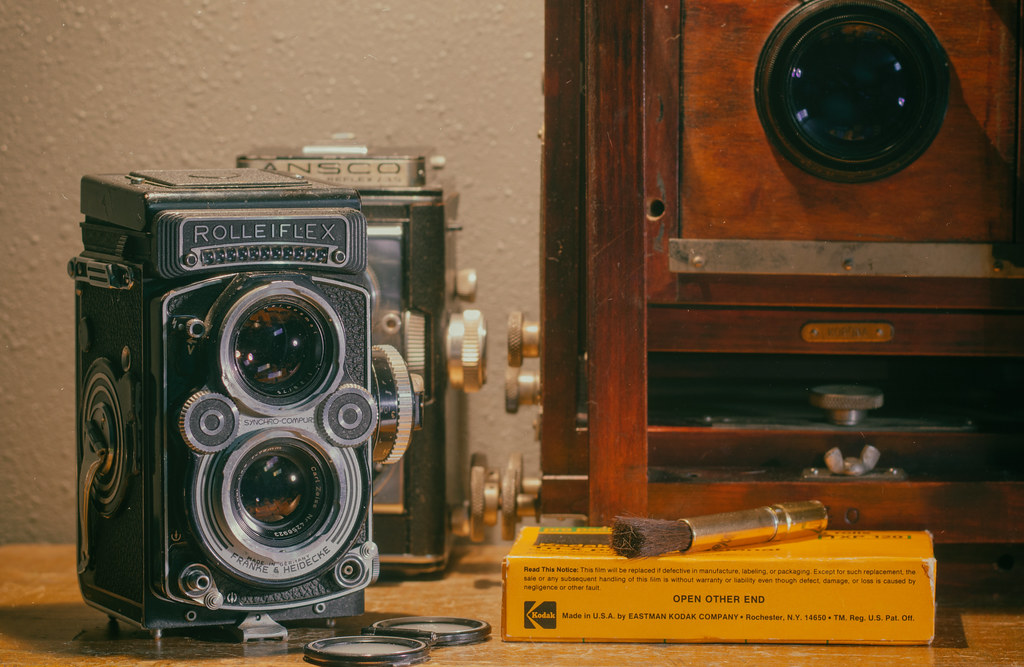
© 2018 – Mike Novak
Among all the cameras there is none more iconic than a Rolleiflex TLR much thanks to the discovery of Vivian Myer’s body of work, and around the table, we view these cameras as true investments. There’s not a dog in the group, so don’t get fixated on a single model as ‘the best’ they’re all darn good. But if you are looking for one, you will want to get one that is post-1965 just due to age. Thankfully these are easy repaired and maintained. But it doesn’t matter what lens you have, Schneider, Zeiss, Tessar, Planar, Triotar, Xenar, Xenotar all are amazing and produce excellent results. And the best part is that those 3.5 models won’t break the bank as much as a 2.8 version will (unless you have an inside connection). But avoid those post-1980 cameras, they often carry a hefty price-tag, the final model the FX-N carried a cost of near 6,000$. We’d like to thank Mike Novak for allowing the use of all his wonderful images of various Rollei TLRs all the way back to the original model.

© 2015 – Alex Luyckx
Not only are the cameras something to look at, but the images they produce are amazing, no matter what camera and lens you have, it’s not just the 2.8 Planar. Any Rolleiflex and Rolleicord camera will produce amazing images providing you have a competent photographer behind the waist-level finder, here are some of our favourites from the team!
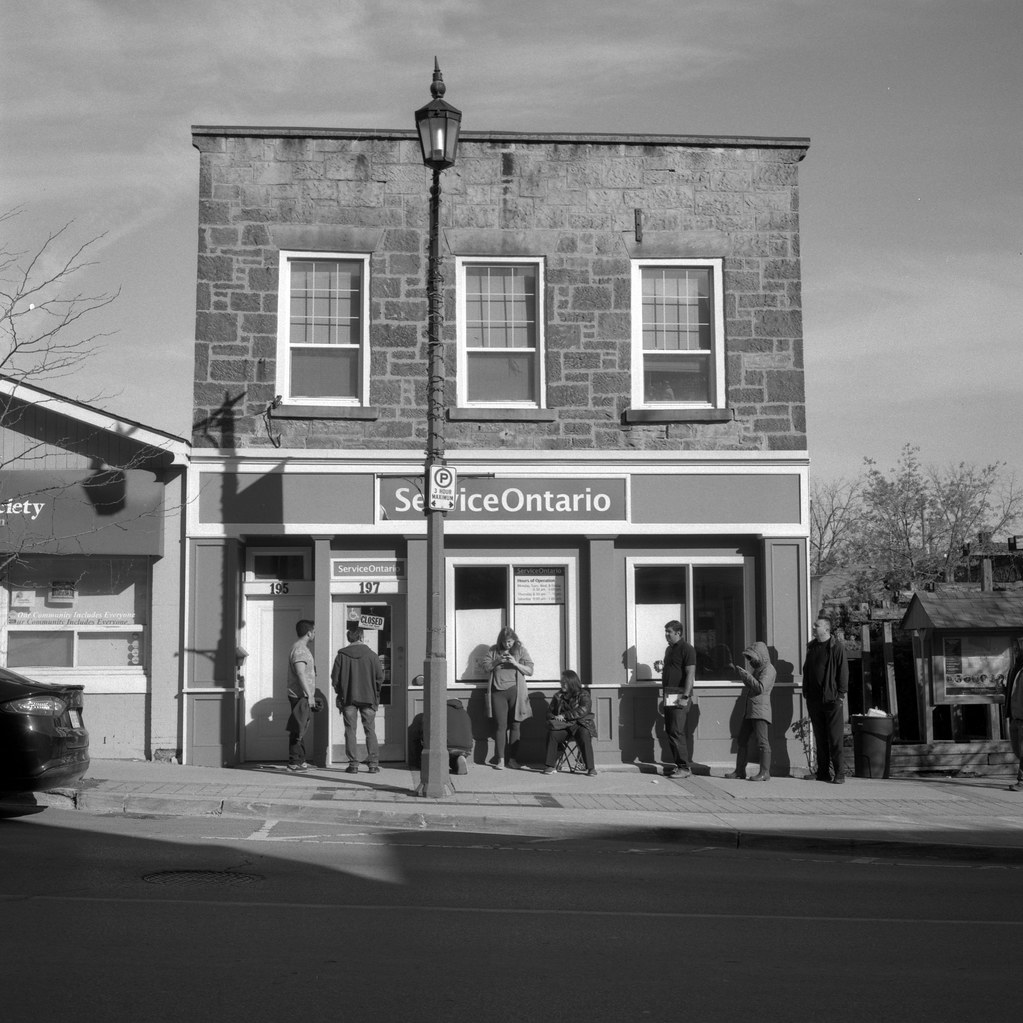
© 2019 – Alex Luyckx
© 2019 – Bill Smith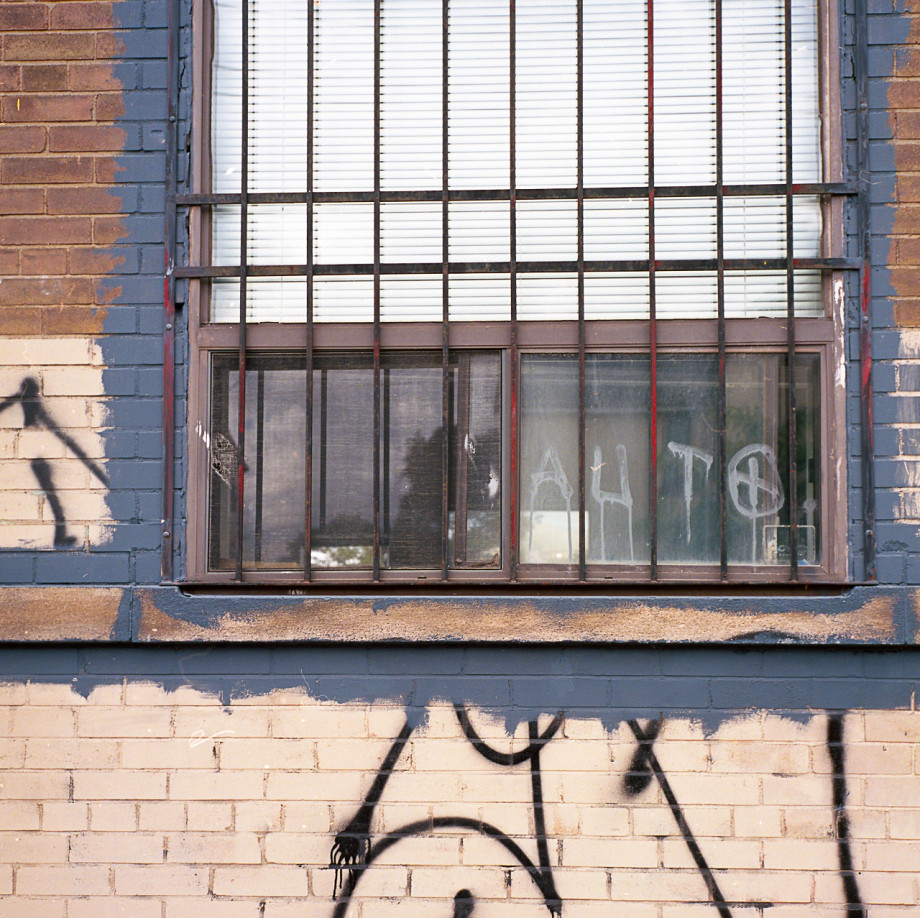
© 2018 – John Meadows
© 2017 – Alex Luyckx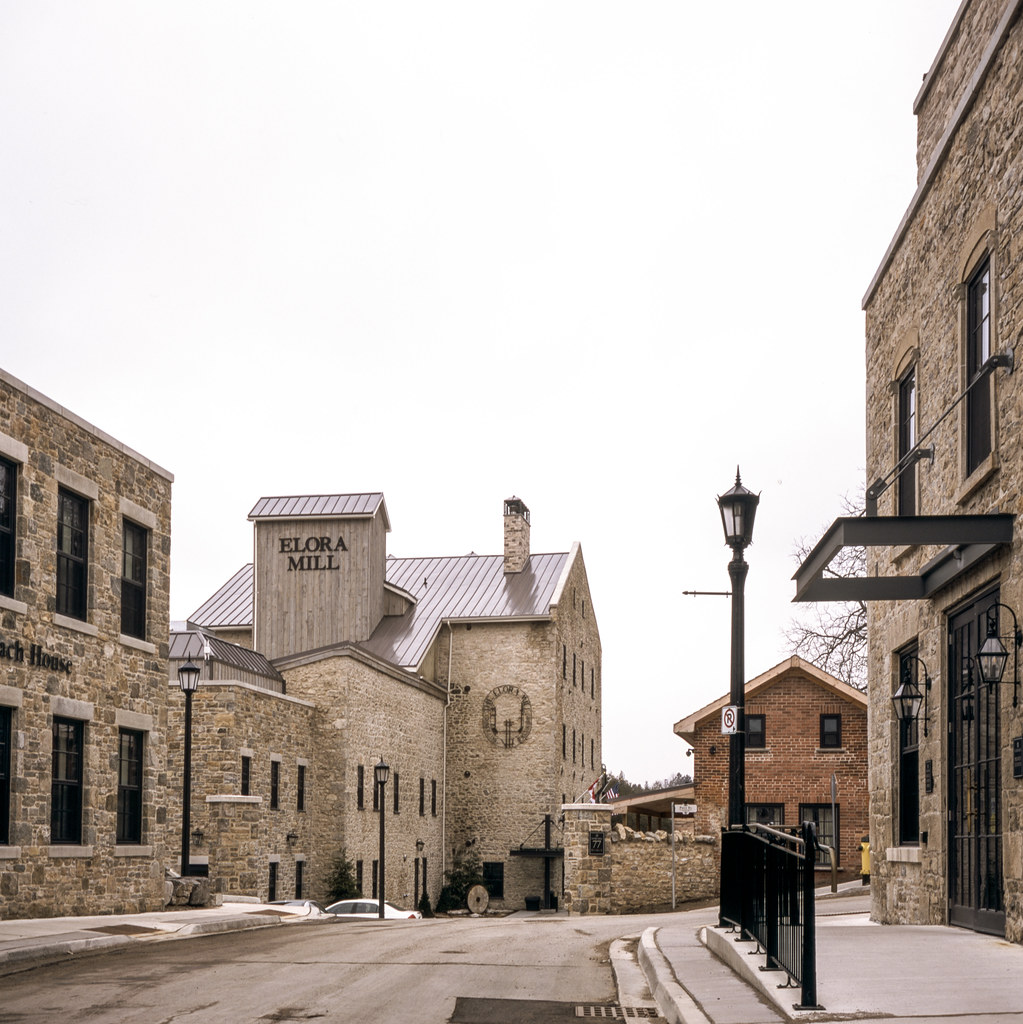
© 2019 – Bill Smith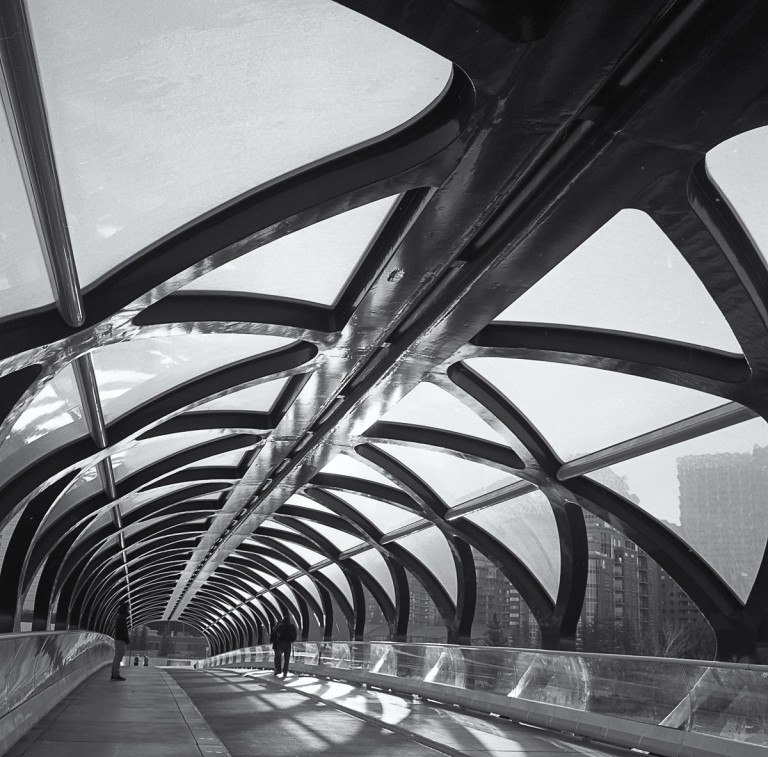
© 2017 – John Meadows
© 2015 – Alex Luyckx
© 2019 – Bill Smith
© 2017 – John Meadows
© 2018 – Alex Luyckx
© 2019 – Bill Smith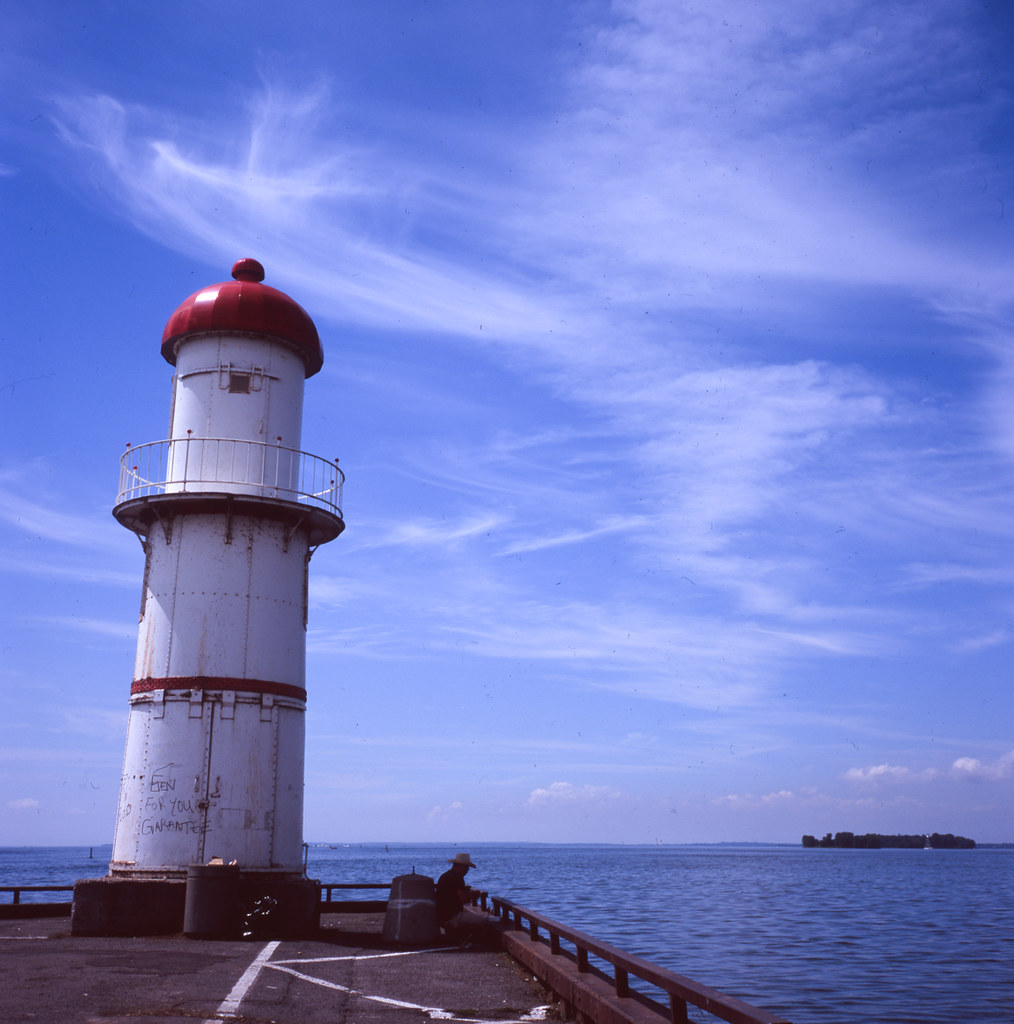
© 2016 – John Meadows
Looking for a good spot to get your gear and material fix check out Burlington Camera (Burlington, ON), Downtown Camera (Toronto, ON), Film Plus (Toronto, ON), Belle Arte Camera (Hamilton, ON), Pond’s FotoSource (Guleph, ON), Foto Art Camera (Owen Sound, ON). Out West there’s The Camera Store (Calgary, AB) and Beau Photo Supply (Vancouver, BC). Additionally you can order online at Argentix (Quebec), buyfilm.ca (Ontario), the Film Photography Project or Freestyle Photographic. Looking for development options, check out these labs that have our support, Boréalis Photo Lab, Old School Photo Lab, The Darkroom, and Film Rescue International.
Also you can connect with us through email: classiccamerarevivial[at]gmail[dot]com or by Facebook, we’re at Classic Camera Revival, Twitter @ccamerarevival, and Instagram (@classiccamerarevival)!
